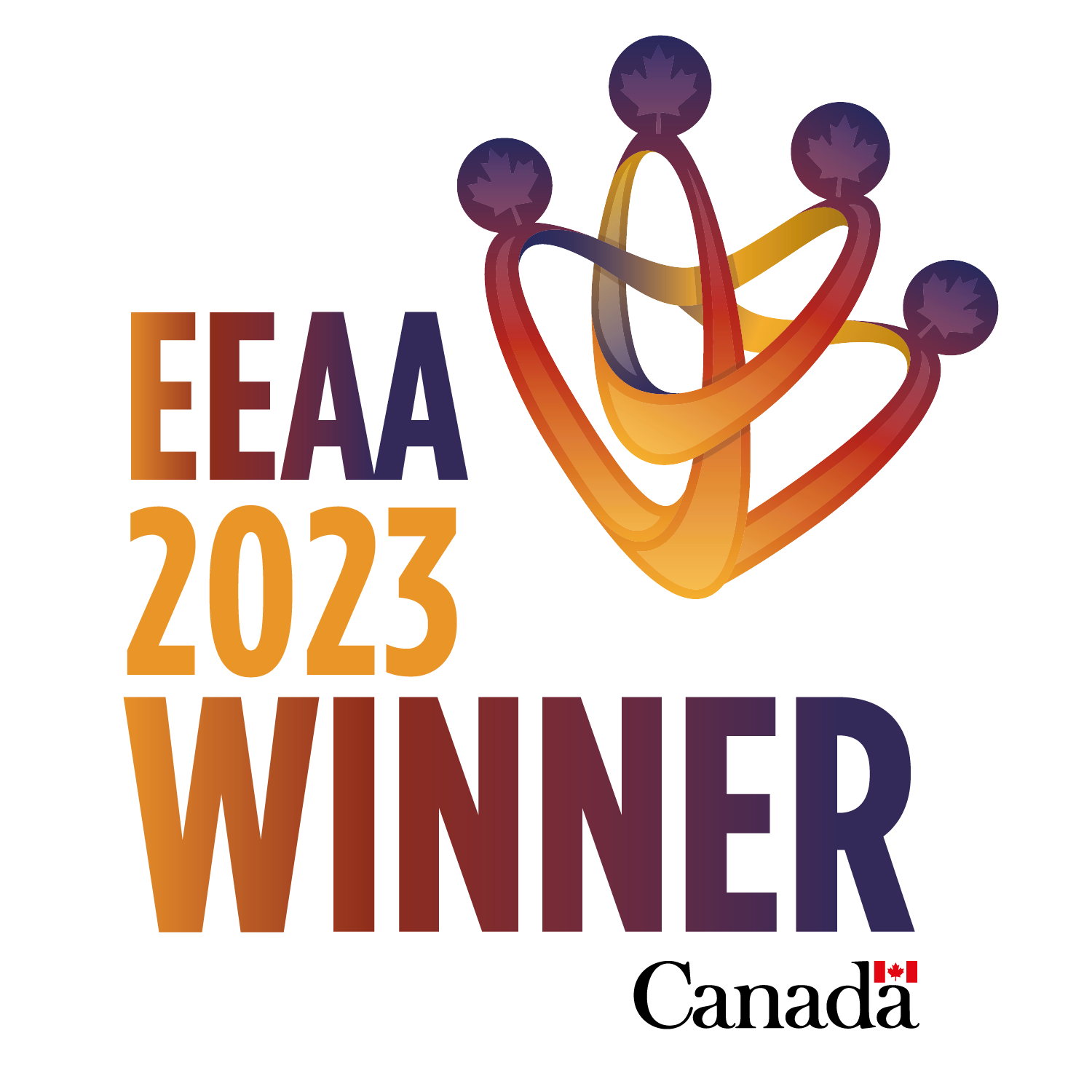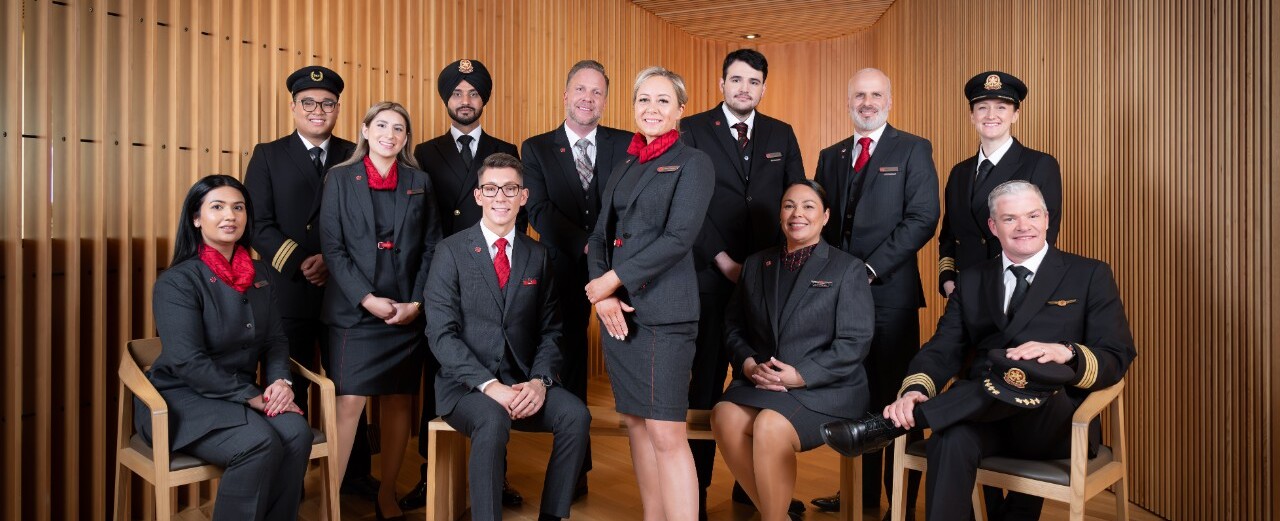
Diversity, Equity and Inclusion
Air Canada was recognized as one of Canada’s Best Diversity Employers for 2025.
Air Canada continues to foster representation through numerous partnerships, its many employee-based initiatives to support workplace inclusion and belonging, and its successful outreach directly to diverse communities when recruiting:
- Connecting with underrepresented communities to share aviation career opportunities.
- Partnerships with Canadian organizations and specialty colleges to provide scholarship opportunities for underrepresented communities studying to be pilots and aircraft mechanics.
- Establishing a robust internal governance structure that supports inclusion and belonging through all levels of the organization.
- Celebrating the diversity of our workforce through Employee Resource Groups and Champions for inclusion.
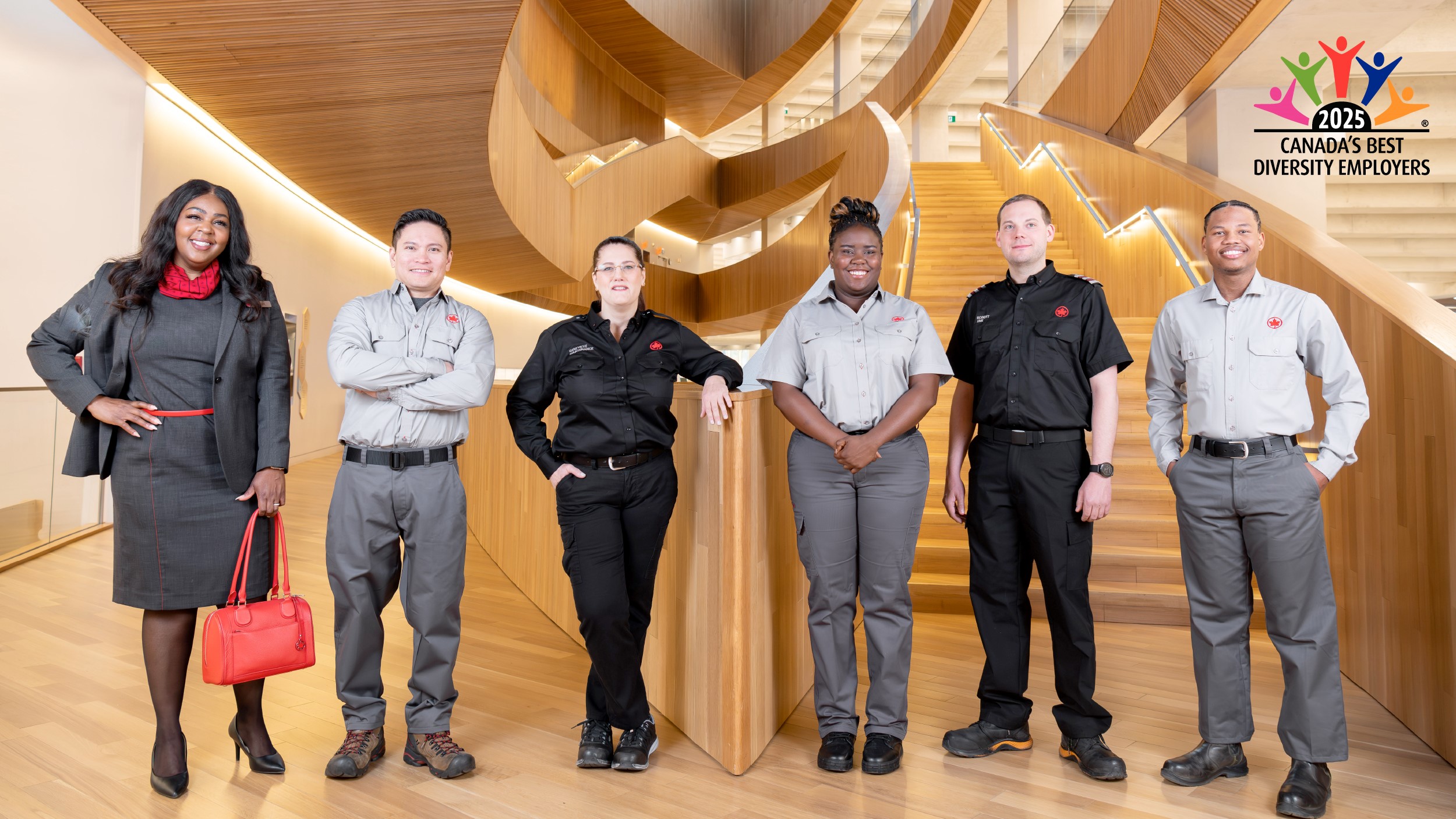
Embrace Your Potential In Corporate Careers
Air Canada received the Employment Equity Achievement Awards (EEAA) in the categories of:
- Sector Distinction
- Outstanding Commitment Award
Fundamental Principles
- Provide a work environment where all employees feel respected and recognized;
- Highlight employees’ unique contributions to our company’s success;
- Treat our customers with warmth and compassion.
Our Actions
- Promote our equal career opportunities to all communities;
- Attract diverse talent by building partnerships with external organizations and by participating in diverse career fairs and events, and through close collaboration with our internal Talent Acquisition team;
- Provide our employees a voice through networking events, diversity committees and employee resource groups;
- Educate and coach our employees on inclusive practices.
- Create an accountability structure that ensures that the values of equity and inclusion permeate throughout our Company.
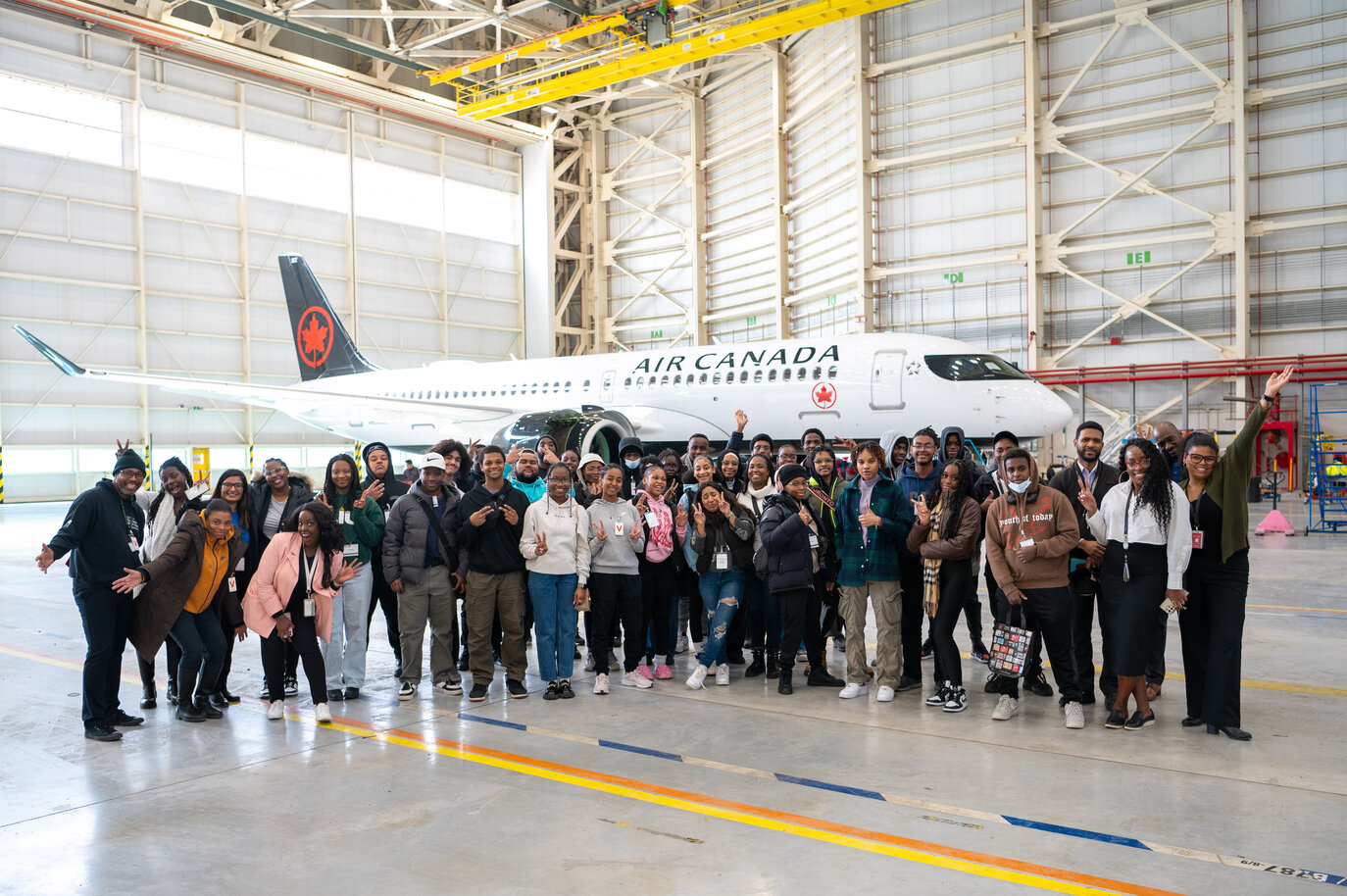
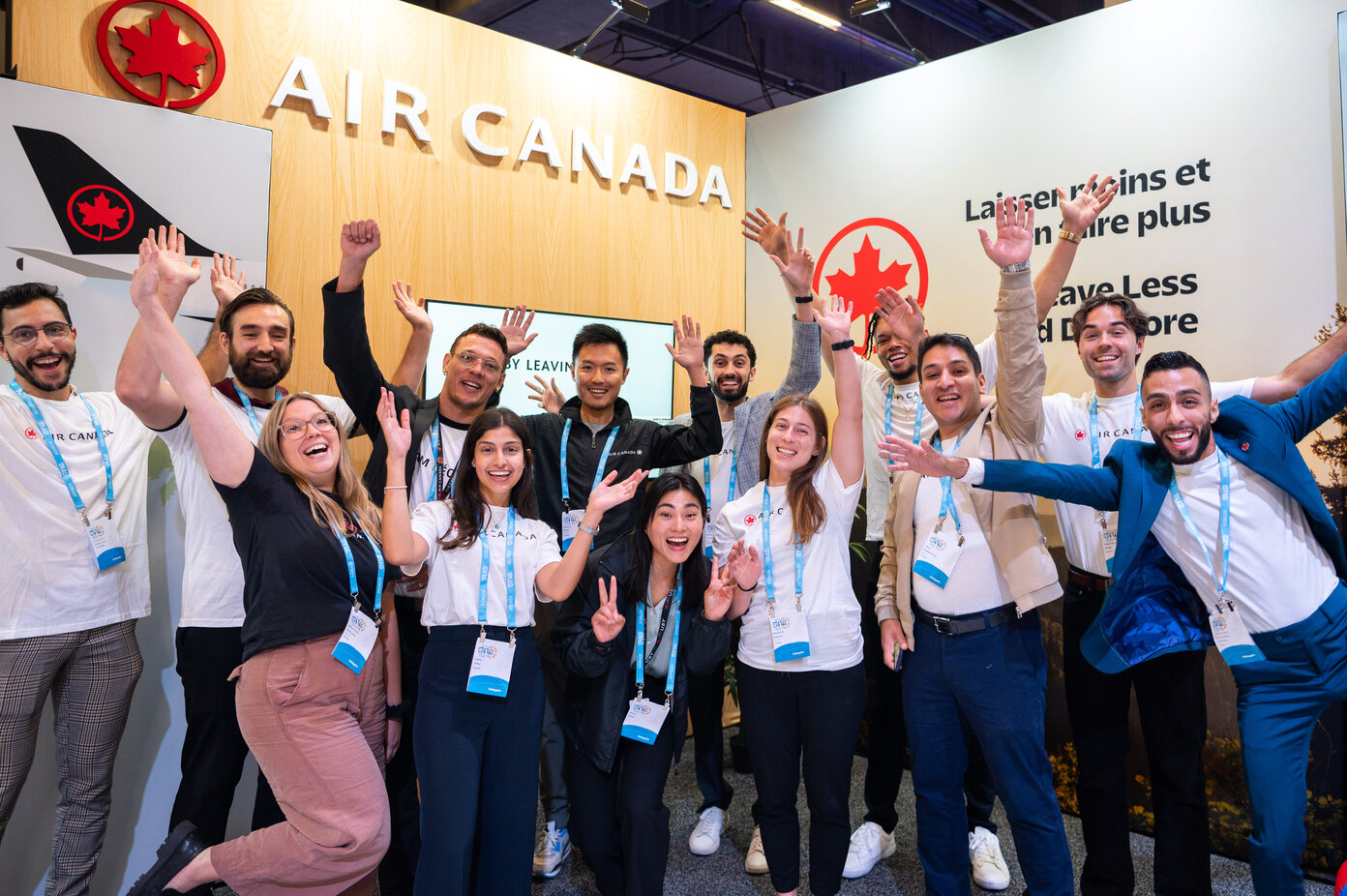
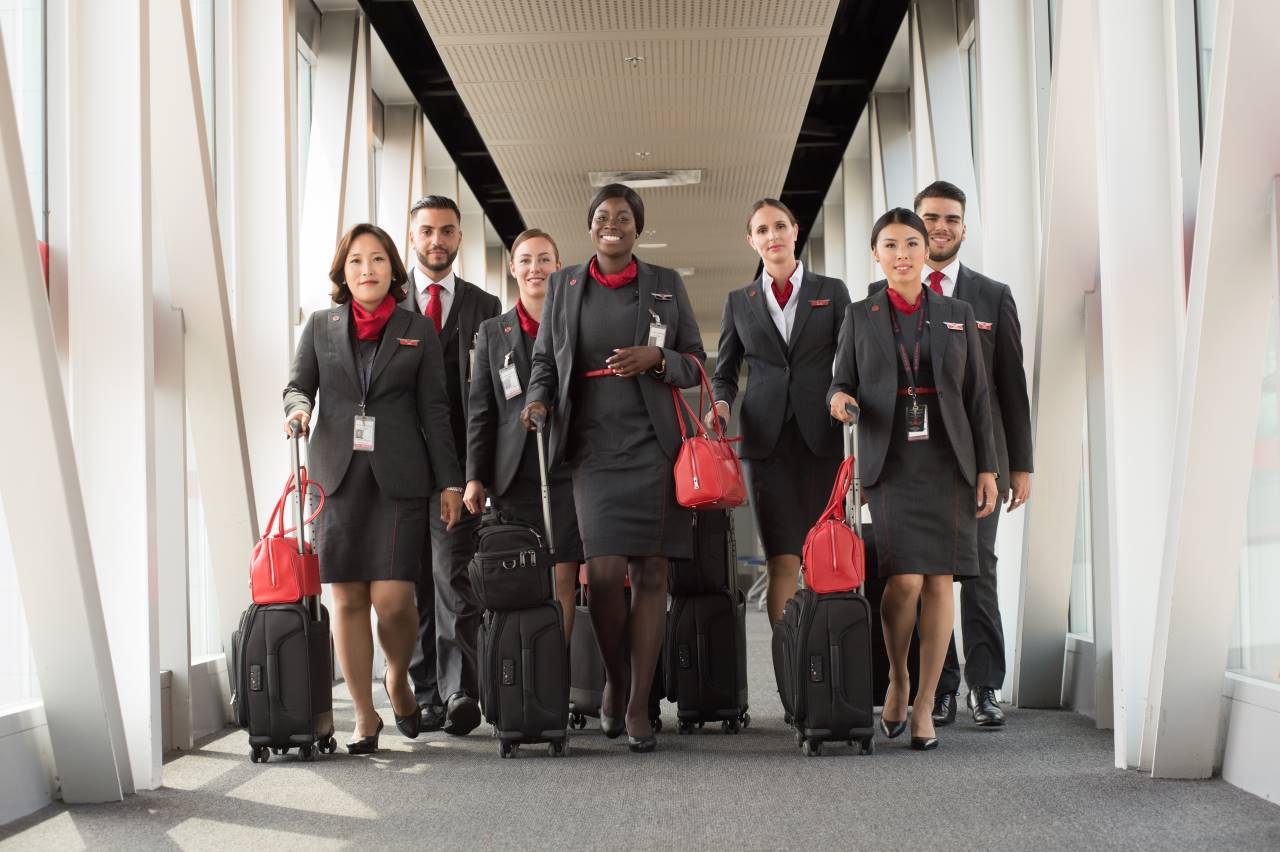
Lorem Ipsum
2021 Annual Employment Equity - Pay Transparency Gaps Analysis
In keeping with the requirements of the Employment Equity Act, Air Canada submitted its 2021 Annual Employment Equity Report. This Report gives insight into Air Canada’s employment equity journey, from both a qualitative and quantitative perspective. The qualitative portion of the Report highlights the progress made by Air Canada around workplace equity. It also showcases the holistic approach that has been adopted to address diversity, equity and inclusion within the Company. The quantitative portion of the Report provides aggregate data highlighting representational information as it relates to the four identities in the Employment Equity Act (women, visible minorities, persons with disabilities, and Indigenous peoples).
For the first year, the salary data from the 2021 Report can be assessed using Employment and Social Development Canada’s (ESDC) new Equi’Vision tool. It allows for pay comparisons within the organization and with other federally regulated employers, using a standardized set of groupings of occupational groups as defined by ESDC, referred to as Equity Occupational Groups (EEOG).
As an organization committed to best practices around data reporting, the comparisons generated through Equi’Vision must be interpreted using among other factors, those listed below. It is important to note that these factors are not separate from one another but often cumulative. So, all these factors must be considered when looking at the results of the Equi’vision tool, otherwise, the results may lead to incorrect conclusions.
Limitations of ESDC Framework
- Breadth of NOCs - The National Occupational Codes (NOCs) that make up some EEOG are so different that it is impractical to conduct a meaningful comparison. For example, pilots and paralegals are included within the same EEOG. Assessing salary gaps based on comparing such different NOCs is concerning. At Air Canada there are close to 2000 positions whereas there are a little over 100 NOCs regrouped into EEOG. This leads to artificial regrouping and comparisons among jobs with vastly different qualifications, education levels, skills and levels of responsibilities.
- Breadth of EEOGs - The EEOGs sometimes regroup several NOCs such as Senior Managers, Middle Managers and other Managers. These are not comparable roles based on Air Canada’s job evaluation approach. This can have an impact on the outcome of the pay gaps because the categories may include different roles that are differentiated by job level based on responsibilities, efforts, working conditions and skills (including experience). We also need to consider the different job families that fall within an EEOG and how they impact the salary of a role.
Particularities of the Aviation sector
- Historically male dominated groups - The aviation industry has historically had large male dominant employee groups with higher-than-average wages, such as pilots and mechanics. This higher male representation will influence the pay gap between male and female positions. Air Canada continues to work towards closing the representational gaps by supporting a pipeline of diverse talent to traditionally male dominated roles and ensuring that recruiters and managers are aware of the strengths that are associated with a diverse workforce.
- Complex compensation framework - Complex pay structures which apply to cabin crew and pilots are particular to the airline sector. These pay structures make it methodologically impractical to conduct meaningful analysis of employee pay gaps. For example, the current methodology for calculating hourly rates of pay assumes a 40-hour work week, which is simply not the case for both groups as they are working significantly less than 40 hours per week. The calculation used for deciding hourly rates (annual salary divided by 2080 hours per year) does not correctly capture the hourly rate of pay. This will lead to the hourly rates of this group as being higher than the rate of other employees in the NOC group. Also, overtime pay for these groups follows a specific framework set out in the collective agreements. Any comparison between these groups and other employee groups within Air Canada will lead to inaccuracies.
- Discrepancies due to COVID-19 pandemic - As a reminder, in 2021, the airline was rebuilding post-pandemic. The pandemic resulted in significant reductions within the workforce, mitigation programs (temporary layoff or part-time hours) and created delayed payment of bonuses for some employee groups. This skews the data at its foundation. The pay gap analysis consists of a snapshot and does not reflect all the employee movement and internal progression that occurs during the year.
Air Canada’s Environment
- Role of seniority - Approximately 85% of Air Canada’s workforce is unionized (approximately 33,000 employees). The working conditions and skillsets of these employees are set out in seven collective agreements, making it very hard to compare across various categories of workers. Seniority within a bargaining unit therefore plays a critical role in influencing pay gaps. As an example, due to many of the roles in the airline sector being historically male dominated, the average years of seniority for a woman within the semi-skilled manual workers is 5,92 years compare to 11,36 years for men.
- Limitation with sample sizes – For some employment equity groups, the representation in any given job category may be too small to draw any definitive conclusions. Air Canada’s consistent efforts to increase the presence of underrepresented groups throughout the organization will assist with diminishing any existing perceived pay gaps.
In addition to establishing a formal plan under the Pay Equity Act, Air Canada has internally adopted a strategy that will continue to ensure that equity and inclusion are fostered within the Company. This strategy earned the Company the honour of two employment equity awards from ESDC in 2023, the Sector Distinction Award and the Outstanding Commitment Award.

